GENBIO: Cellular Transport
1/54
Earn XP
Description and Tags
pptx
Name | Mastery | Learn | Test | Matching | Spaced |
|---|
No study sessions yet.
55 Terms
Cell Membrane
separates the components of a cell from its environment—surrounds the cell
“Gatekeeper” of the cell—regulates the flow of materials into and out of cell—selectively permeable
helps cells maintain homeostasis
homeostasis
means stable internal balance
Cholesterol, Phospholipids, Carbohydrate Chain, Glycolipid, Channel protein, Carrier Protein
Components of the Cell Membrane
Cholesterol
manages the fluidity of the membrane and stops the phospholipids sitting too closely together. This stabilizes them and reduces the chance of the membrane freezing in cold temperatures.
Phospholipids
are the main component in cell membranes. They line up in a bilayer arrangement, acting as a barrier to water soluble molecules.
Phospholipid head
made of one molecule of glycerol and a phosphate group
Head is polar because of the phosphate group. This makes the head hydrophilic — soluble to water.
Phospholipid tail
are two fatty acids
are non-polar and hydrophobic (water fearing). They are insoluble in water.
Carbohydrate Chain
found on the glycoprotein
allows it to act as a receptor molecule. They can bind with certain substances and some act as cell markers
Glycolipid
stabilize the cell membrane by making hydrogen bonds with nearby water molecules. They support with cell recognition and triggering
Channel Protein
act like tunnels/pores
allow ions (Na⁺, K⁺, Cl⁻) or water to pass quickly down their gradient (passive)
Na⁺, K⁺, Cl⁻
Channel Protein
act like tunnels/pores
allow ions (__, ___, ___) or water to pass quickly down their gradient (passive)
Carrier Protein
act like shuttles/gates
bind molecules, change shape, and move them either down (facilitated diffusion) or against (active transport) the gradient.
Passive Transport
A process that does not require energy to move molecules from a HIGH to LOW concentration
Diffusion
Osmosis
Facilitated Diffusion
Diffusion
movement of small particles across a selectively permeable membrane like the cell membrane until equilibrium is reached
ex: Alveoli are air sacs in the lungs and the site for gas exchange. Oxygen diffuses through the thin walls into the blood to be transported around the body. Carbon dioxide diffuses into the alveoli to be exhaled.
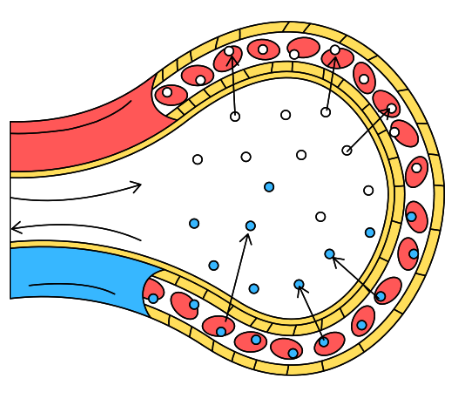
Osmosis
diffusion of water through a selectively permeable membrane like the cell membrane
Types of Tonicity
Hypertonic
Isotonic
Hypotonic
Isotonic
A solution whose solute concentration is the same as the solute concentration inside the cell
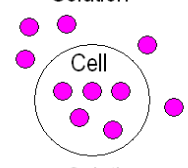
Hypotonic
A solution whose solute concentration is lower than the solute concentration inside a cell
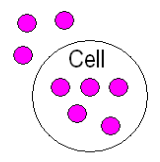
Hypertonic
A solution whose solute concentration is higher than the solute concentration inside a cell.
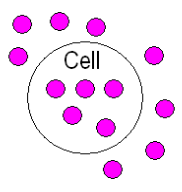
Isotonic: The cell is at equilibrium, thus, water will flow in both directions outside and inside the cell
The solute and water concentrations are the same inside and outside the cell.
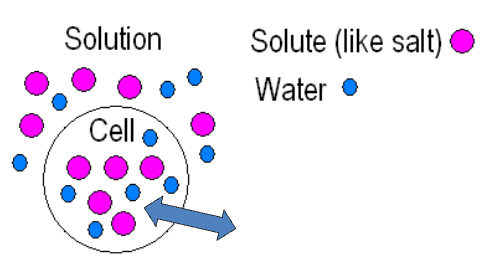
Hypotonic: The water is going inside the cell because water is attracted to the solute inside the cell
The solute concentration is greater inside the cell than outside.
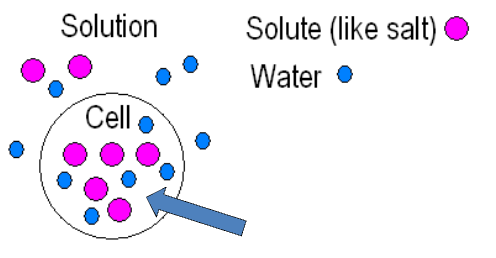
Hypertonic: The water is going out the cell
The solute concentration is greater outside the cell, therefore water will flow outside the cell.
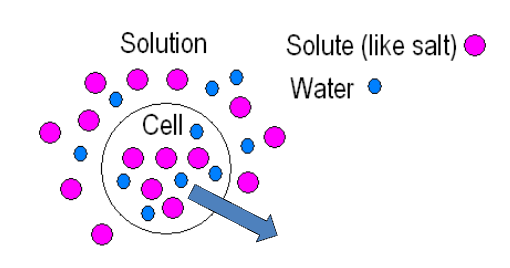
Hypotonic in Plant Cells
water enters the cell; cell swells, and the turgor pressure pushes against the cell wall; cell becomes turgid/firm
healthy for most plants
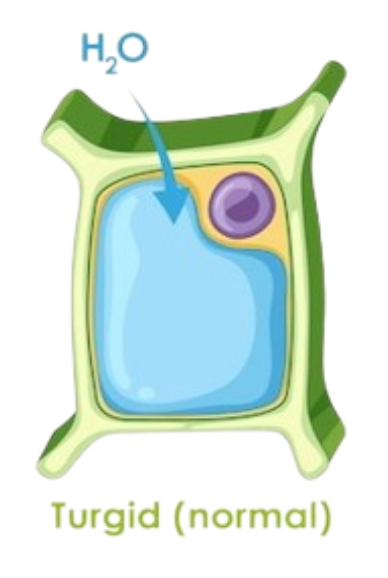
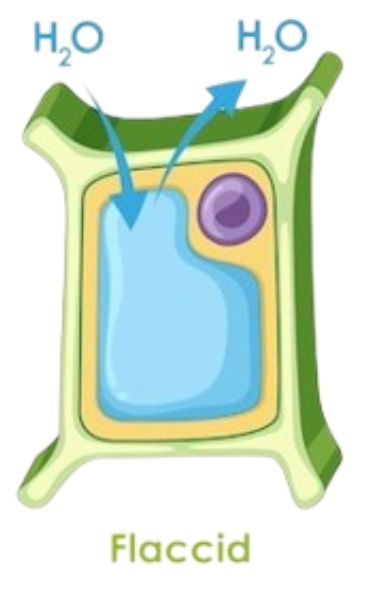
Isotonic in Plant Cells
water moves in and out equally; no strong turgor pressure; becomes soft/floppy (flaccid)
Hypertonic in Plant Cells
water leaves the cell; cell membrane pulls away from the cell wall; becomes plasmolyzed (shriveled inside, but the wall stays the same size).
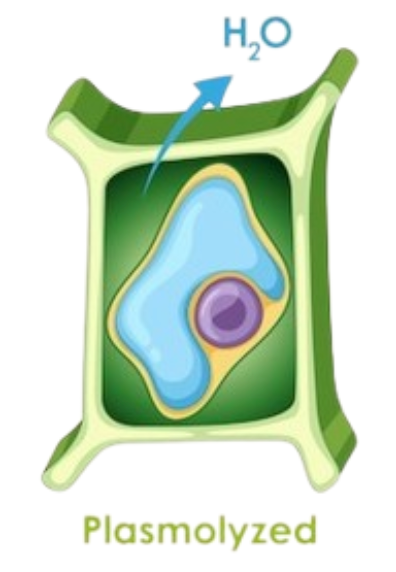
Turgor Pressure
The pressure exerted by the cell’s fluid content against the cell wall
High Turgor Pressure
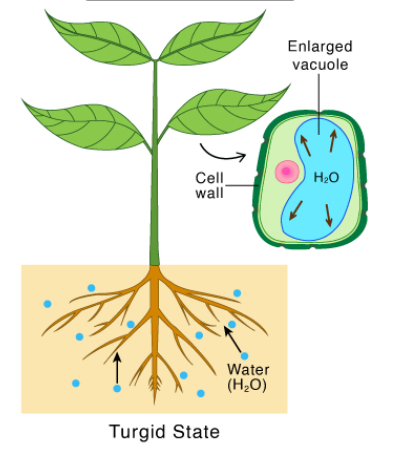
Low Turgor Pressure
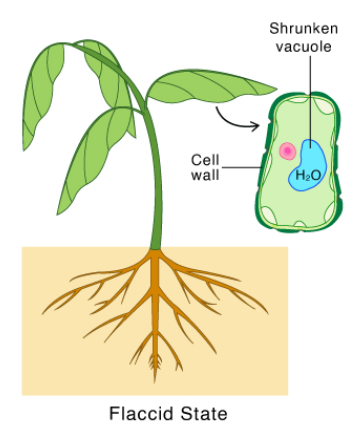
Hypertonic
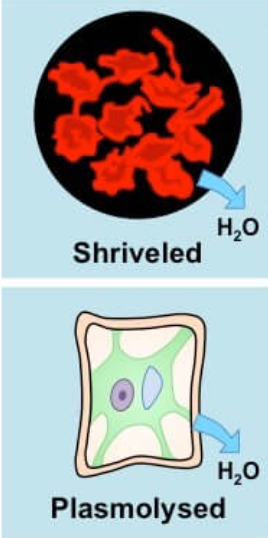
Isotonic
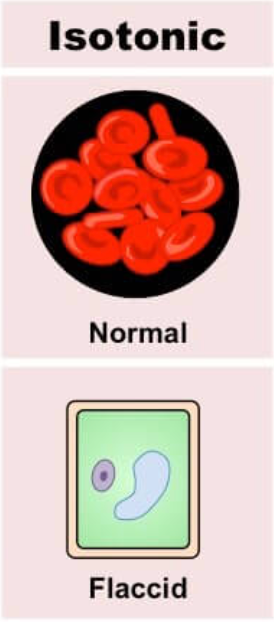
Hypotonic
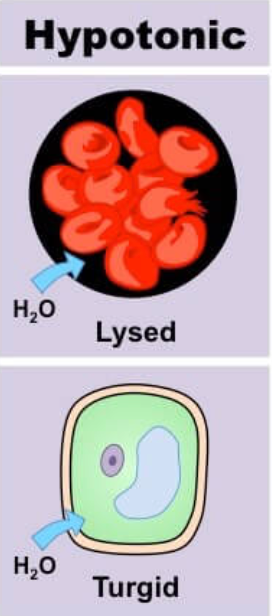
Hypertonic; osmosis
When swimming in the sea, your cells are exposed to a ______ environment because seawater has a higher concentration of solutes (salts) than your body's internal fluids. Through ____, this causes water to move out of your cells and into the surrounding seawater, making the cells shrink, which is why it's bad to drink seawater and can cause dehydration.
Facilitated Diffusion
movement of larger molecules like glucose through the cell membrane – larger molecules must be “helped”
Proteins in the cell membrane form channels for large molecules to pass through
Types of transport proteins: Channel proteins and Carrier proteins
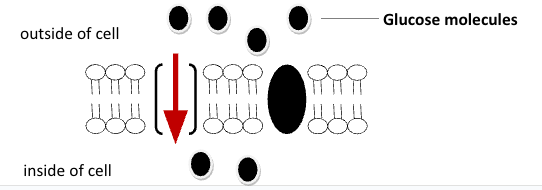
Channel Proteins
open up spaces or pores across the membrane and allow entry or exit of charged ions (ex. H+, Na+, K+, and Cl)
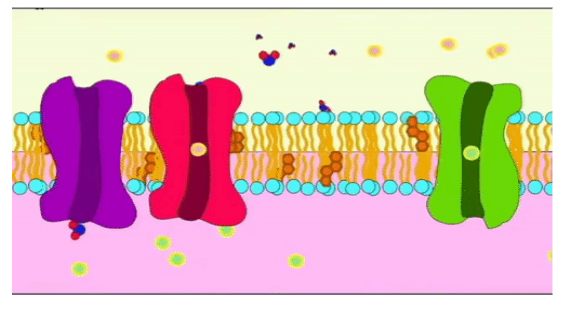
Carrier Proteins
allow the diffusion of larger polar molecules such as sugar and amino acids
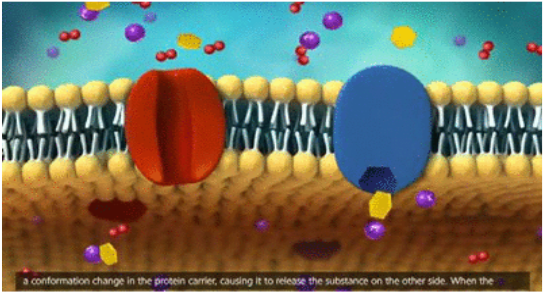
Active Transport
movement of molecules from LOW to HIGH concentration
Energy is required as molecules must be pumped against the concentration gradient.
ex: Plants take up mineral ions through root hair cells. Mineral ions are at a higher concentration in the root hair cell than the soil, so active transport is required to move the ions against the concentration gradient.
ex: Body cells must pump sodium ions (Na⁺) out into the surrounding blood, even though the blood already has a higher concentration of sodium than inside the cells. Because this movement goes from low to high concentration, the cell must use energy from ATP through the sodium-potassium pump.
Bulk Transport
Large molecules, such as proteins and polysaccharides cross the membranes in bulk through the processes of exocytosis and endocytosis
Endocytosis
mechanism by which very large molecules get into the the cell
Exocytosis
mechanism by which very large molecules go out of the cell.
Phagocytosis
“cellular eating”; engulfs large particles like bacteria, food, or dead cells; forms a vesicle called a phagosome;
Example: White blood cells (like macrophages) engulf harmful bacteria.
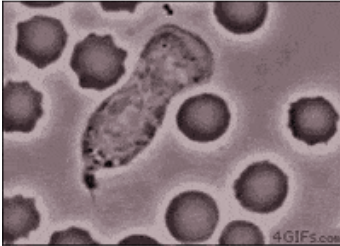
Pinocytosis
“cellular drinking”; takes in liquids and dissolved substances; forms small vesicles filled with fluid.
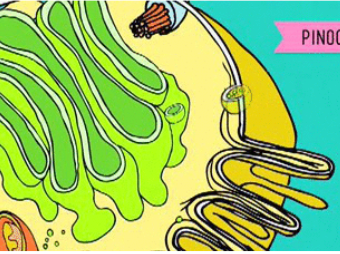
osmosis occurs and the water flows into the upper skin cells, which then take up the water. Shrinking and expanding effects take place simultaneously in these skin cells, causing wrinkles.
Why do fingers wrinkle when soaked in water for a long time? What does it tell us about osmosis?
No, a typical saltwater fish cannot survive in freshwater because its body has adapted to high-salt environments and will absorb water through osmosis, leading to cell damage and death.
Can a fish that lives in saltwater survive in freshwater? Why or why not?
Athletes drink sports drinks after heavy, prolonged exercise (over 60 minutes) to replace essential electrolytes, like sodium and potassium, lost through sweat, and to replenish energy stores with carbohydrates.
Why do you think athletes drink sports drinks (with electrolytes) instead of just plain water after heavy exercise?
Drinking seawater makes you more dehydrated because the salt concentration in seawater is higher than in your body's fluids, causing your cells to lose water to the blood through osmosis.
Why does drinking seawater make you more dehydrated instead of quenching your thirst?